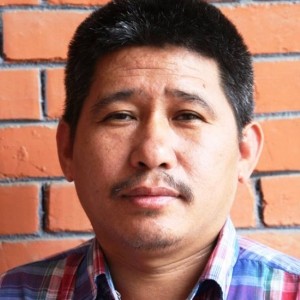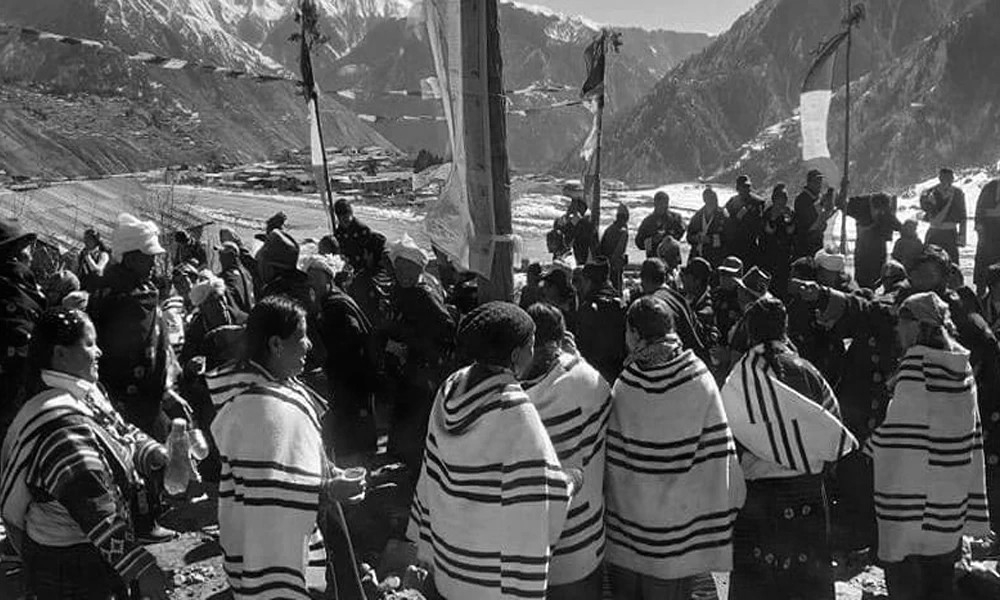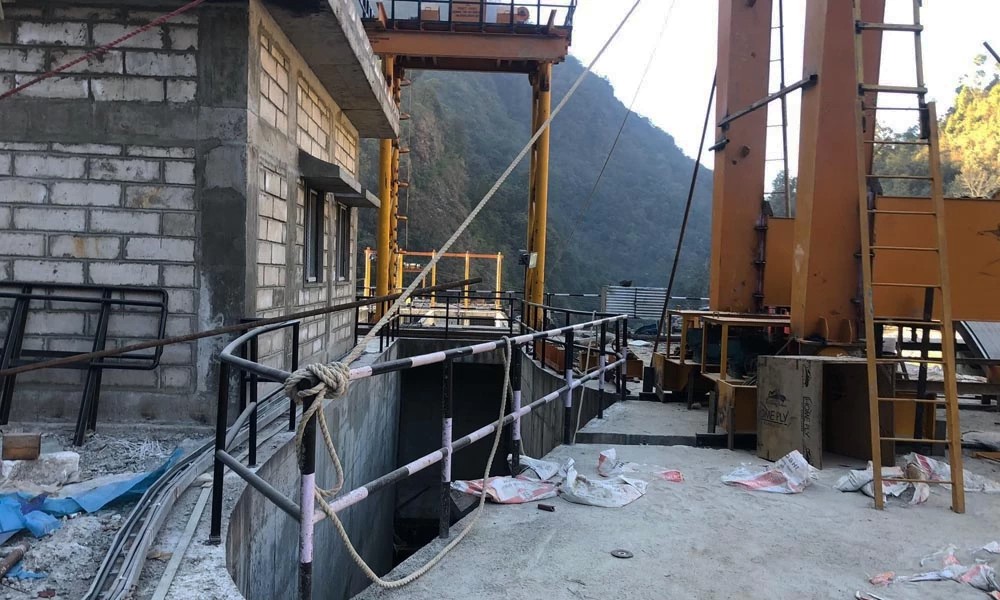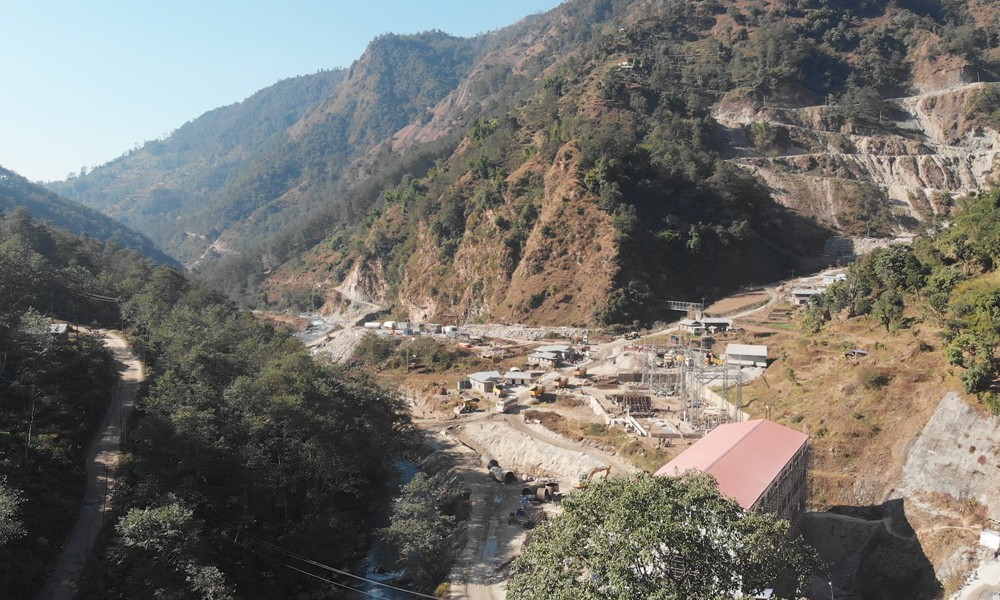The Nepalese government has officially recognized the Humlo people as Indigenous nationalities, granting them access to state services and social protections previously unavailable due to their lack of legal recognition. This announcement, made on July 11, 2024, by government spokesperson Rekha Sharma, follows the recommendation of the National Foundation for the Development of Indigenous Nationalities (NFDIN).
Previously excluded from reservation quotas and social programs, the Humlo people, residing primarily in the Humla district's Himalayan region, will now benefit from government support in areas like civil services. The recognition comes after a comprehensive assessment by a three-member NFDIN working group led by Anthropologist Dr. Muktasingh Lama. Established in fiscal year 2023/24, the group, which included sociologist Dr. Bishnu Sinjali and Dr. Taramani Rai, submitted a report approved by NFDIN's board, paving the way for official recognition.
The Nepalese government has officially recognized the Humlo people as Indigenous nationalities, granting them access to state services and social protections previously unavailable due to their lack of legal recognition.
This is not the first instance of Indigenous group recognition in Nepal. However, Rana Tharu's previous inclusion sparked controversy due to a lack of NFDIN approval.
The Humlo people comprise five distinct groups: Changba of Dozami village, Ninwa of Warathpaleka, Tukchyu Lungwa of Sathi Khole, Yulcho Dun of Sat Thapale, and Limba of Limel. Despite variations, they share linguistic similarities. Dr. Lama highlighted the working group's efforts in identifying the previously overlooked Humlo people and aligning their designation with their self-identification.
The Namkhyung Humla Samaj, representing the Humlo people, requested recognition on April 23, 2024. Previously, Dr. Humla Samajsewa had sought their inclusion under the Bhote Lama nationality through a task force led by the Prof. Dr. Om Gurung. However, the recent recognition establishes a distinct identity for the Humlo people.
With an estimated 6,000 people, the Humlo people practice Buddhism and fulfill all criteria set by the National Foundation for the Development of Indigenous Nationalities Act of 2002. This includes possessing a distinct mother tongue (Humlo Ke, also known as Kham Ke or Bo Ke), traditional customs ("Bhod Long" rituals), a unique cultural identity, a defined social structure, and documented history (referred to as "Homloho" in historical records).
This is not the first instance of Indigenous group recognition in Nepal. However, Rana Tharu's previous inclusion sparked controversy due to a lack of NFDIN approval.
Various groups previously referred to the Humlo people using terms like "Humlya," "Jad," and "Bhote." However, the latest 2021 national population census did not include them. Many residing in Simikot and Namkha Rural Municipalities identify as other ethnicities like Tamang, Lama, or Bhote. This recognition grants them a distinct identity and strengthens community unity.
Dr. Sinjali emphasized the shared language, "Humlo Ke," with variations in dialects across the five communities. Notably, the language differs significantly from Tibetan, hindering intercommunication. Culturally, distinct traditions like "Bhod Long" and the worship of deities like "Lafo," "Dawla," and "Yulchha" establish their unique heritage.
By fulfilling the criteria outlined in the National Foundation for Development of Indigenous Nationalities Act, 2002, recognizing the Humlo people brings the total number of recognized Indigenous nationalities in Nepal to 60. This decision marks a significant step towards ensuring their rights, access to state services, and acknowledgment of their cultural heritage and contributions to Nepal's diverse tapestry.










